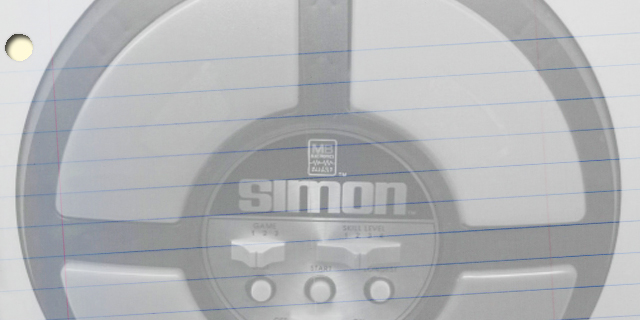
Genre 101 is a series that looks at the past and present of a game genre to find lessons about what defines it. In this installment, Eric Albuen explains the ins and outs of rhythm games.
Repeat after me
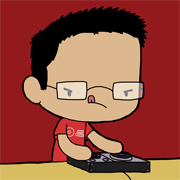 Eric Albuen: While not necessarily a music game itself, Simon was one of the first games widely available to the public that introduced musical elements to assist in the gameplay. The player would have to play a sequence that the game provides for you. Along with the flashing lights to assist you, the game had subtle tones for each color. Whether players knew it or not, they were repeating back a set of notes in harmony no matter which order they played them in. READ MORE
Eric Albuen: While not necessarily a music game itself, Simon was one of the first games widely available to the public that introduced musical elements to assist in the gameplay. The player would have to play a sequence that the game provides for you. Along with the flashing lights to assist you, the game had subtle tones for each color. Whether players knew it or not, they were repeating back a set of notes in harmony no matter which order they played them in. READ MORE
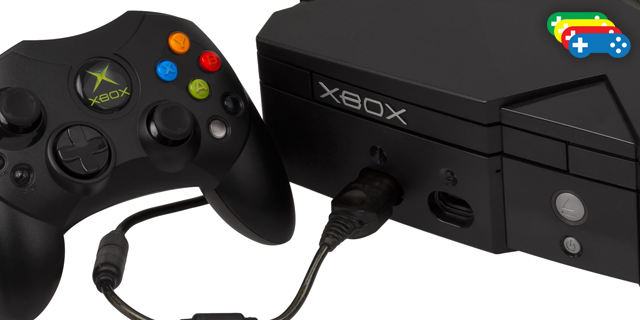
The Xbox’s local multiplayer lineup was anchored by Halo, which took much of the spotlight and generally crowded out most other contenders. That said, it had the horsepower advantage over its peers and a very PC-like architecture, so it thrived by hosting the best version of most of the era’s multiplatform games. READ MORE
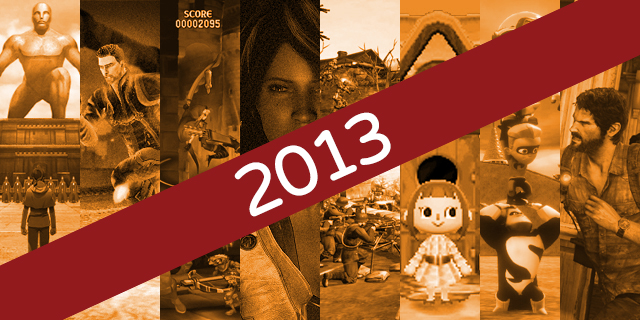
While the industry divides the year into quarters, we realize that there are really three parts to the year: the (at least usually) barren early months, the gimmicky, convention-filled summer and the action-packed holiday season. This time, we look at May through August. (Check out part one here.) READ MORE
How do you follow a game that not only revitalized a franchise, but also restored many players’ faith in the power of the platformer? 2011’s Rayman Origins combined a refreshing and gorgeous aesthetic with smooth, interesting level design, and had some seriously questioning Mario’s place as the top of the genre.
Rayman Legends follows up in the most straightforward way it can: by stepping up its game in every possible aspect.
READ MORE
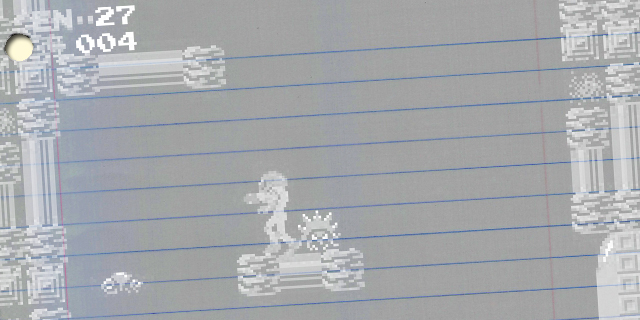
Genre 101 is a series that looks at the past and present of a game genre to find lessons about what defines it. This time, we get a better sense of the recursive exploration action-platformer from “guest lecturer” Chris Dominowski.
A world, more open
 Chris Dominowski: Before the Famicom, anything more single-screen arcade games was simply too taxing for a home console. Given both technical limitations and an arcade-focused development mentality, the concept of a large, open-world adventure was practically inconceivable to most. On Nintendo’s new platform, a game could combine the platforming skill-based gameplay of Mario and the free-roaming adventure gameplay of Zelda into something entirely new. READ MORE
Chris Dominowski: Before the Famicom, anything more single-screen arcade games was simply too taxing for a home console. Given both technical limitations and an arcade-focused development mentality, the concept of a large, open-world adventure was practically inconceivable to most. On Nintendo’s new platform, a game could combine the platforming skill-based gameplay of Mario and the free-roaming adventure gameplay of Zelda into something entirely new. READ MORE

 Eric Albuen: While not necessarily a music game itself, Simon was one of the first games widely available to the public that introduced musical elements to assist in the gameplay. The player would have to play a sequence that the game provides for you. Along with the flashing lights to assist you, the game had subtle tones for each color. Whether players knew it or not, they were repeating back a set of notes in harmony no matter which order they played them in. READ MORE
Eric Albuen: While not necessarily a music game itself, Simon was one of the first games widely available to the public that introduced musical elements to assist in the gameplay. The player would have to play a sequence that the game provides for you. Along with the flashing lights to assist you, the game had subtle tones for each color. Whether players knew it or not, they were repeating back a set of notes in harmony no matter which order they played them in. READ MORE





 Chris Dominowski: Before the Famicom, anything more single-screen arcade games was simply too taxing for a home console. Given both technical limitations and an arcade-focused development mentality, the concept of a large, open-world adventure was practically inconceivable to most. On Nintendo’s new platform, a game could combine the platforming skill-based gameplay of Mario and the free-roaming adventure gameplay of Zelda into something entirely new.
Chris Dominowski: Before the Famicom, anything more single-screen arcade games was simply too taxing for a home console. Given both technical limitations and an arcade-focused development mentality, the concept of a large, open-world adventure was practically inconceivable to most. On Nintendo’s new platform, a game could combine the platforming skill-based gameplay of Mario and the free-roaming adventure gameplay of Zelda into something entirely new. 















